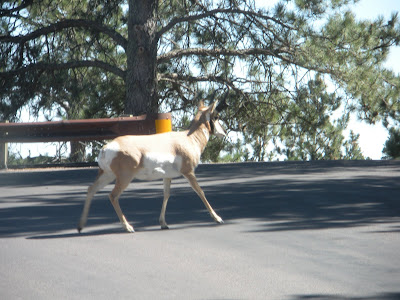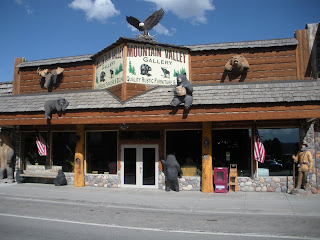
On the night of February 3, 1959, three of the biggest pop stars of the day boarded a small plane after playing a concert in Clear Lake, Iowa. Their lives ended just minutes later when the plane went down in a cornfield shortly after takeoff. That moment was immortalized by Don McLean in his 1971 song "American Pie."
You can still hear the music of Buddy Holly, Ritchie Valens and the Big Bopper on the radio today, more than fifty years later. Buddy Holly in particular has had a profound influence on American popular music. He wrote and recorded numerous hit songs in his life, many of which continue to be recorded by artists to this day. He was twenty-two when he died.
I was already a big music fan when these guys rose to popularity in the late 50s and can easily go in my mind's eye back to the time when "That'll Be the Day," "Oh Boy," "Peggy Sue," "La Bamba," "Chantilly Lace" and others were coming from the radio as new hits. I can also remember the plane crash.
The site of the crash is in the middle of a cornfield and is marked by a simple metal memorial. There are no markers to guide you there or references to it along the highway. I found the directions on the Internet. After driving several miles down gravel farm roads, you come to a giant pair of glasses, a nod to Buddy Holly, who famously wore black rimmed spectacles.

At this point, you have to park and walk about a half mile along a path between rows of corn.

I was the only visitor at that particular time. It was while walking along this path that I had an "interesting" experience. In my mind I said something like, "Well, I'm here, Buddy." An instant later, I "heard" in my mind someone say, "You've already been there longer than I was." Hmmm.
When I reached the simple sign that marks the site, I stayed for a good while. It was absolutely quiet and there was definitely a special feeling about the place. Previous visitors had left dozens of glasses frames. There were also notes, guitar picks and other memorabilia scattered around the memorial.

The only other visitor while I was there was this bird who was so intent on munching a large bug of some kind that I was able to kneel down beside him and take his picture.

The bird was still there when I left. The next day I called a friend and mentioned that I'd been to the Buddy Holly crash site. He said, "Did you know that yesterday was Buddy Holly's birthday?" (He knew because his brother has the same birthday.) Yes, I felt a little chill.













































